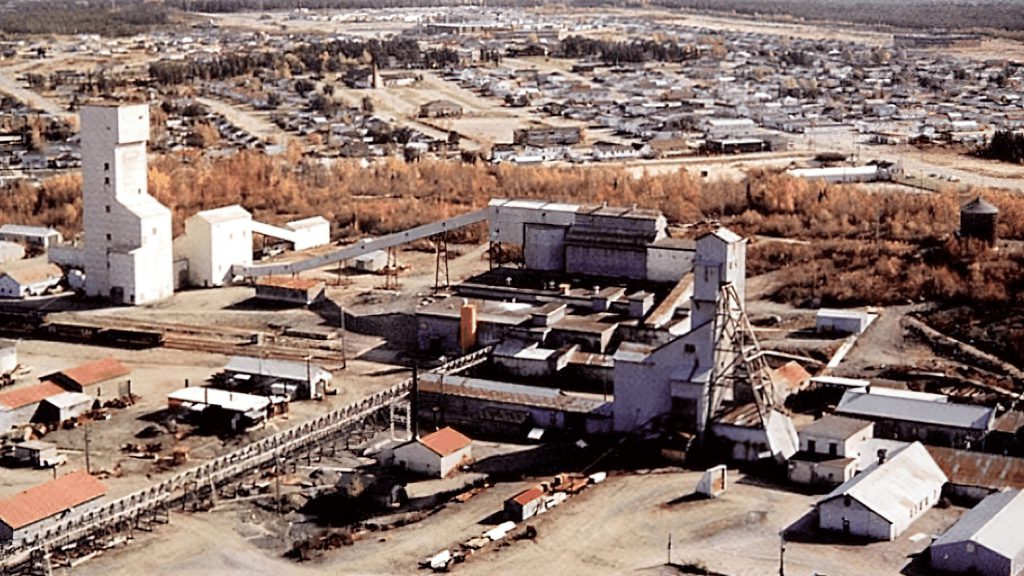QC Copper intersects 76.5 metres of 0.78% Copper Equivalent

QC Copper and Gold Inc. [QCCU-TSXV] reported assay results from its recently completed drill program on its flagship 12,782-hectare Opemiska Copper-Gold project in the Chibougamau-Chapais mining district, Quebec. These drill results are from the Saddle Zone, represent the area between the Opemiska’s Springer and Perry Mines. The Saddle Zone reflects new mineralization not contained in the Company’s geological model, and the Company anticipates these results could consolidate the Springer and Perry pits into a single open pit design. Highlights include:
Hole OPM-21-51 returned 138.0 metres of 0.48% copper equivalent, including 76.5 metres of 0.78% copper equivalent and including 27.8 metres of 1.40% copper equivalent. Hole OPM-21-50 returned 40.1 metres of 0.71% copper equivalent. Â Hole OPM-21-49 39.6 metres of 0.50% copper equivalent.
These results are for holes drilled into the Saddle Zone that arose from the open pit modelling done during our internal studies last fall. The Saddle Zone was a “dead zone” that emerged from the absence of mined veins in this area between the Springer and Perry mines. The company’s 2021 drill program, which was primarily focused on twinning historical surface mine holes to validate the assays done by the mine, was also meant to test expanding the mineralization on the edges of the modelled pit, including the Saddle Zone. These drill results clearly indicate that this Zone contains significant mineralized intervals.
“It is hard to overstate the significance of these results,” said Charles Beaudry, VP Exploration. “Our modelling of the mineralization on the Springer and Perry Mines is based on the known veins, which have all been digitized. These veins are surrounded by envelopes of lower grade mineralization that were also digitized. However, whatever outside these envelopes we imputed zero grade. In the absence of mined veins, which is the case in the Saddle Zone, where our previous model was unable to attribute any values. These new results will likely lead to the possibility of excavating at least some of the Saddle Zone. A pit optimizer, which is an algorithm that maximizes the revenue from a deposit at each mining period, will ultimately determine the economic value surrounding the possible addition of the Saddle Zone to our model. However, prospect of excavating the Saddle Zone is significant as it impacts the strip-ratio but also allows the modelled pit(s) to go deeper.”
“A reasonable cut-off grade at Opemiska is about 0.25% copper-equivalent and the drill intersections of disseminated mineralization obtained in 2019 and to date in 2021 range between 0.4 to 0.6% Cu-eq over 50 to 100 metres in width. When we include the crown pillars, the average grade is even higher and this suggests the project is quite robust. We continue to be very optimistic regarding the upcoming mineral resource estimate numbers”, added Mr. Beaudry.
The 20,000 metres drill program is now complete with the final batch of samples expected to leave the project in about four weeks. Based on these constraints, the company’s best estimate is for a mineral resource estimate to be published in August.
